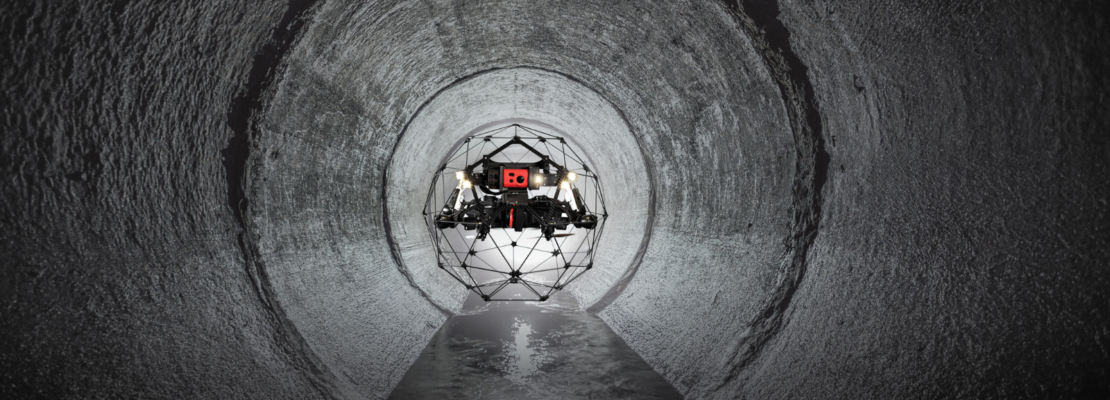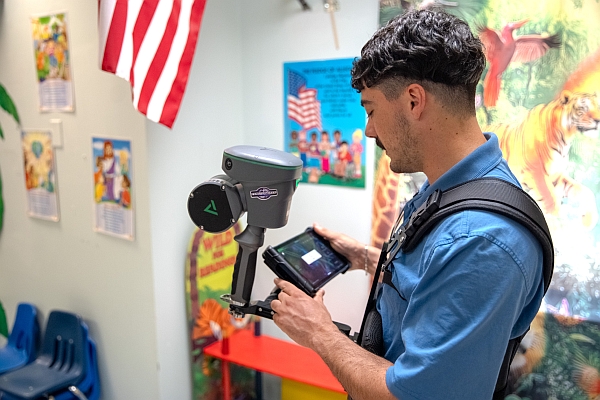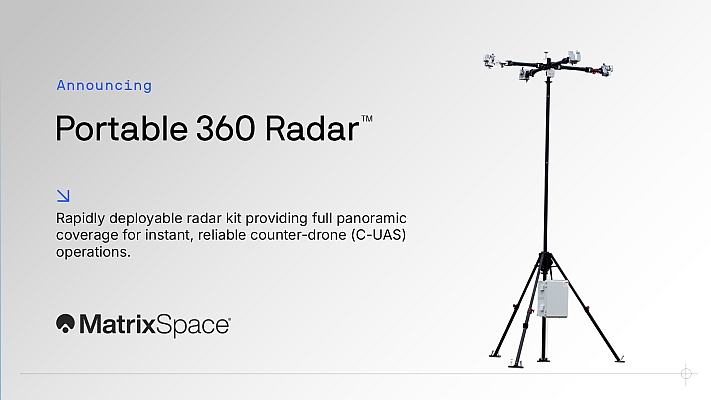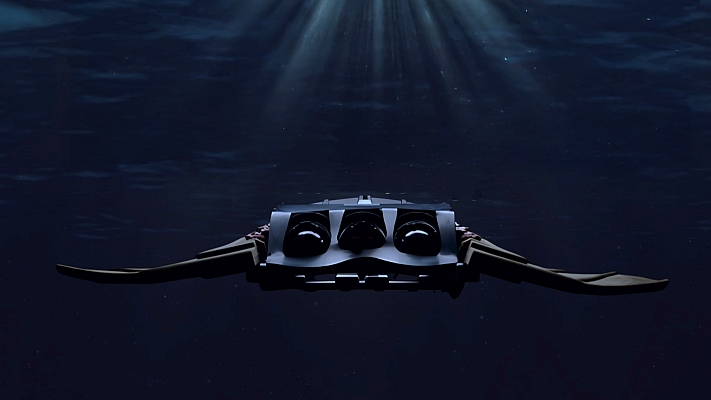Photogrammetry is an extremely useful technique for obtaining topographic data by means of aerial photographs (can be an airplane, helicopter, drones), usually for the purpose of mapping. The product of a Photogrammetry can be a 3D model of the environment, with the geographic position known.
With new technologies, the concept and application of Photogrammetry expand a little more, achieving products integrated in Virtual Reality, Indoor Spaces or 3D modelling of simple objects and we even don’t require a geographic position to do it. The most common software of Photogrammetry has a programming language that can recognize the point of interest, visible in 3 pictures or more (different angles) and can create a 3D space reality (perspective).
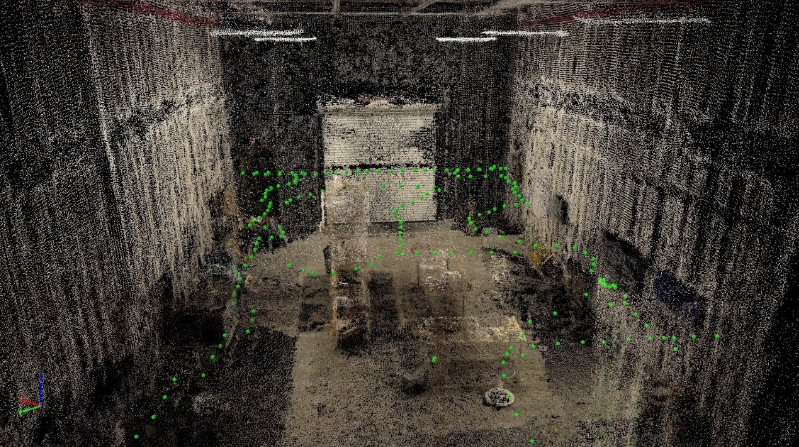
INDOORS VS. OUTDOOR PHOTOGRAMMETRY
Photogrammetry can be used broadly speaking in two environments: outdoors and indoors. Capturing images can be easier to do outdoors since there is more space for movement of a drone and less likelihood of obstruction or collision into objects. There is a presence of light and GPS, which makes it easier to pilot and capture useful pictures from a drone.
Indoor photogrammetry however, is a little more difficult. Often times indoor environments tend to be more cluttered, dark, and narrow spaced making it more difficult for images to be captured during inspection; though it is not impossible to do. Also, indoor spaces do not have the influence of a GNSS system position, so it is difficult to achieve a geographic position. One of the options, is to provide this information’s with Topographic tools as Total Stations, which make the project more expensive and longer to finish.
While many drones like Elios 1 are used in an outdoor environment and do very well at capturing images in these areas because of specific features like front, top, and bottom fixed lighting with 1800 lumens, and also a RGB full HD and thermal cameras doing so indoors is a little more difficult due to the nature of the environment, this is where Elios 2 comes in. While Elios 1 is extremely purposes and useful for outdoor inspections, the upgraded features on Elios 2 allows for better reliability and imaging during inspection.
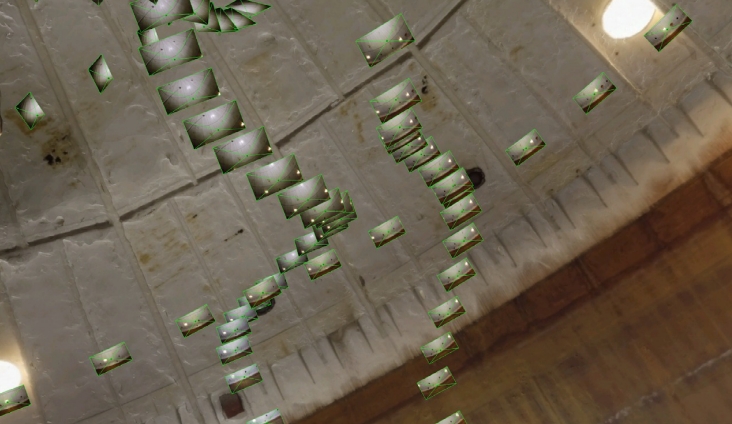
WHY ELIOS 2 IS BEST USED FOR INDOOR PHOTOGRAMMETRY
Measurements and Organization:
These are important aspects of what Elios 2 can do in indoor environments. Using Ground Sampling Distance (GSD), Elios 2 is able to capture images at a distance down to (0.18 mm/px) and a 30cm distance.
Cage Rotation:
The Elios 2 cage remains static as the pentagon cage is fixed. This cage is collision resilient, and shockproof payload insuring that when colliding to objects indoors it is resistant to damage.
Lighting:
The lighting of Elios 2 is oblique and lateral with 10, 000 lumens. The lighting is also dustproof, insuring the footage being captured is clearer especially since most indoor environments tend to collect a lot of dust.
Stabilization:
Elios 2 is also equipped with seven position sensors that ensure the drone maintains stability during flight and be able to stand in midair during inspection. The addition of high-definition live streaming allows for situational awareness in increasing the accuracy of the inspection being done in real time.
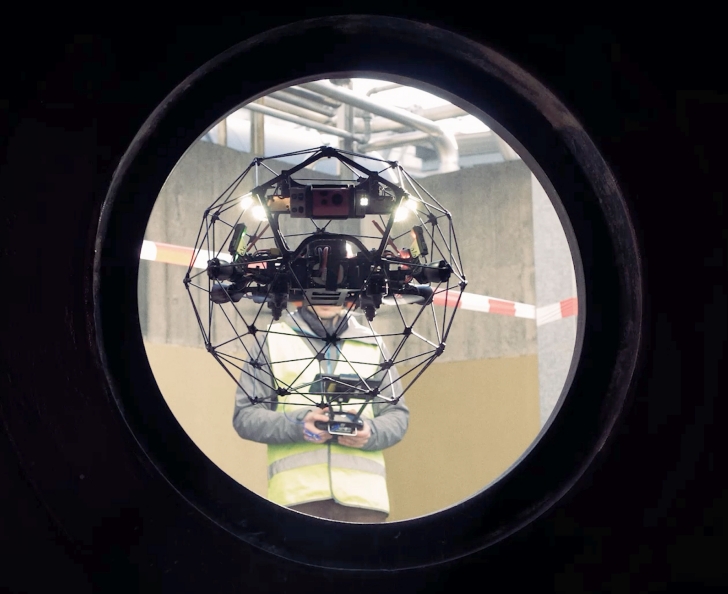
CONCLUSION
The features added to Elios 2 ensures a more stable, accurate, and improved model to capture pictures in more difficult environments with obstructions that make inspection more tedious. This allows the task being done to be not only accurate, but also easier to collect data from.
Photogrammetry is an important method in analyzing and capturing images, whether doing so in an outdoor or indoor environment, but being able to do this with the simplicity of a drone like Elios 2 makes the task.


